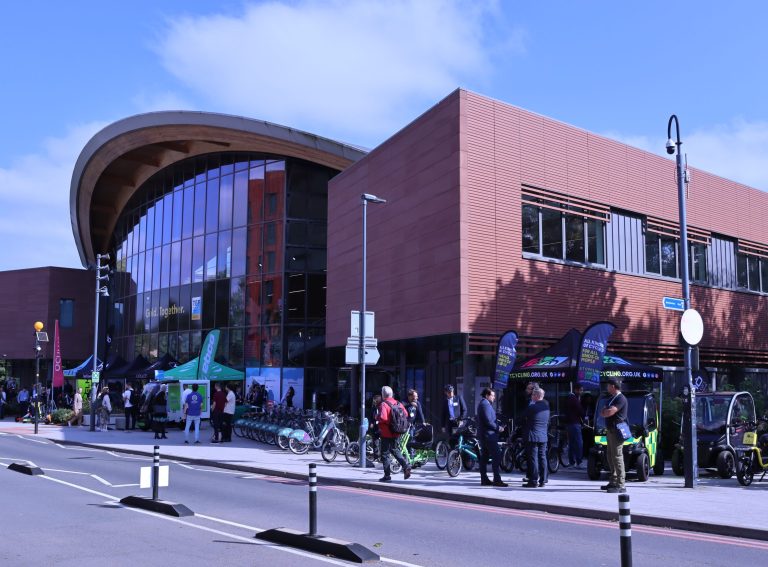Tier and Dott have announced their official merger as they strive to become Europe’s leading micromobility operator.
The financial transaction closed 10 weeks after the merger announcement earlier this year which revealed that the single entity would generate a combined revenue of €250 million.
Backed by €60 million of investment in equity, the deal sees Tier-Dott support more than 125 million trips a year in more than 20 countries.
“Of all the mergers to date, it seems that the Tier/Dott merger is one of the more thoughtful consolidations,” Christensen Group Senior Vice President Brandon Schuh told Zag Daily. “They are following the Lime model where they are signalling that scale is necessary to deploy assets in large global cities.
“It will be interesting to see how the two brands can consolidate (or not) and whether the software and customer interface converges to one platform.”
“The closing of this transaction marks the start of an exciting new chapter for both Tier and Dott,” Tier-Dott CEO Henri Moissinac said. “We are focused on uniting our teams under the goal of running responsible operations for users, cities and the environment, helping to lower car use by offering a reliable and sustainable alternative.”
Potential road blocks
“One difficulty the combined unit will most likely face is being able to reconcile all of the different hardware – from Nextbike and Coup (acquired by Tier) to the utilisation of Okai versus Segway-Ninebot,” Brandon said.
For Zag Industry Expert Lars Christian Grødem-Olsen, the area of focus for the joint entity will be its operating model.
“Finding out where to go next in terms of operating model is just one of many strategic conversations they need to be having,” Lars told Zag Daily.
“Although Tier and Dott have similar visions, they also have differences in operating models, where Dott has operated all their markets themselves, meaning hiring personnel instead of using a third-party to do operations. Tier started with third-party operations, and then internalised operations, before finally switching back to a third-party model.”
Lars also highlights the challenges Tier-Dott may face after Tier made 140 redundancies last year.
“A merger like this is challenging where there already have been substantial layoffs, and more are expected,” Lars said. “A merger failure is normally due to people not speaking the same language or firing the wrong people.
“Layoffs are also difficult for morale, and may make talented individuals leave if they fear for their position. This may mean that the new entity loses key knowledge and talent they sorely need to make things happen in their markets.”
Brandon highlights an insurance-related challenge that Tier-Dott may also need to consider.
“From the past reporting, it would seem this is a stock purchase where liabilities from both firms will also merge and be housed on the new entities combined balance sheet. This means there will be a restructuring of risk into one new entity.
“The process by which this is done can have some burdensome implications as it’s one area that cannot be immediately improved.
“Hopefully this merger is a good thing for the space moving forward; enabling a sustainable European Micromobility landscape.”




